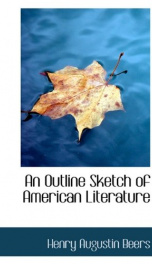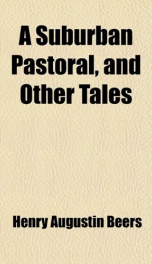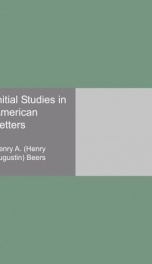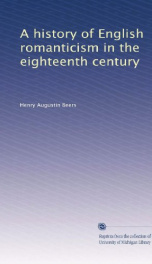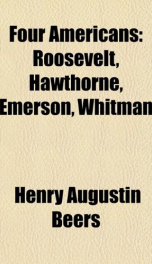A History of English Romanticism in the Nineteenth Century
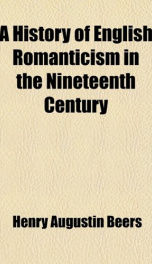
Purchase of this book includes free trial access to www.million-books.com where you can read more than a million books for free. This is an OCR edition with typos. Excerpt from book: Hitherto the Italian Middle Age had impressed itself upon the English imagination not directly but through the richly composite art of the Renaissance schools of painting and poetry; through Raphael and his followers; through the romances of Ariosto and Tasso and their English scholar, Spenser. Elizabethan England had been supplied with versions of the " Orlando Furioso " and the "Gierusalemme Liberata," by Harrington and Fairfaxthe latter still a standard translation and a very accomplished piece of versification. Warton and Kurd and other romanticising critics of the eighteenth century were perpetually upholding Ariosto and Tasso against French detraction: "In face of all his foes, the Cruscan quire, And Boileau, whose rash envy could allow No strain which shamed his country's creaking lyre, That whetstone of the teethmonotony in wire ! " f Scott's eager championship of Ariosto has already been mentioned. J But the stuff of the old Charlemagne epos is sophisticated in the brilliant pages of Ariosto, who follows Pulci and Boiardo, if not in burlesquing chivalry outright, yet in treating it with a half irony. Tasso is serious, but submits his romantic matterGodfrey of Boulogne and the First Crusadeto the classical epic mould. It was pollen from Italy, but not Italy of the Middle Ages, that fructified English poetry in the six- A new translation of the "Orlando," by Hoole, appeared in 1773-83; of Tasso's "Jerusalem" in 1763; and of Metasta- sio's dramas in 1767. These were in the heroic couplets of Pope. f "Childe Harold," Canto iv., xxxviii. And Cf. vol. i., pp. 25, 49. 100, 170, 219, 222-26. j Vide supra, p. 5. teenth century. Two indeed of gli antichi, "the all Etruscan three," communicated an impulse both earlier and later. Love sonneteering, in emulatio...
Info about the book
Author:
Series:
Unknown
ASIN:
B007HY6M6S
Rating:
5/5 (3)Your rating:
0/5
Languge:
English
Users who have this book
Users who want this book
What readers are saying
What do you think? Write your own comment on this book!
write a commentif you like A History of English Romanticism in the Nineteenth Century try:
Do you want to read a book that interests you? It’s EASY!
Create an account and send a request for reading to other users on the Webpage of the book!

